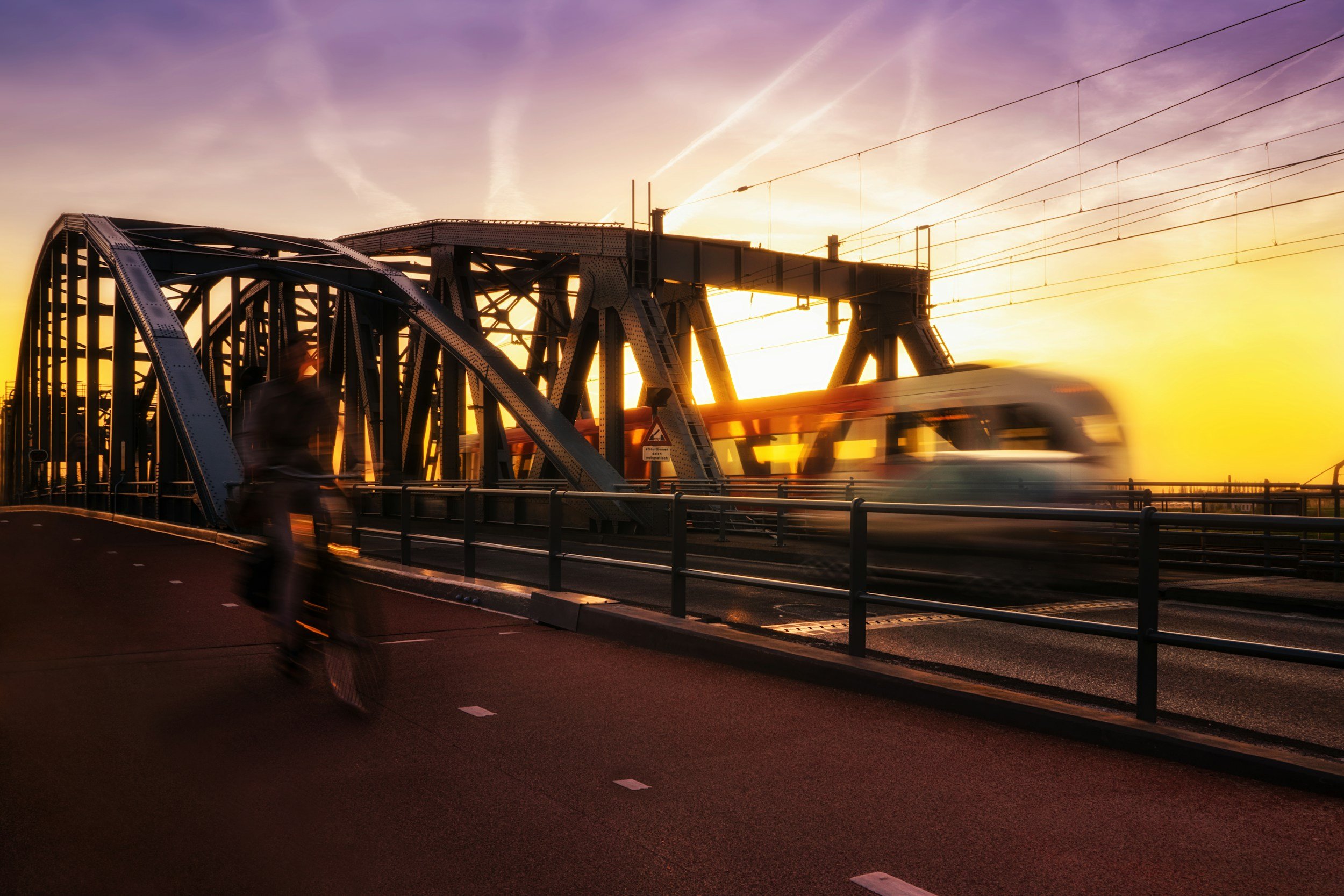
Some question whether night trains can even replace short and intermediate-distance flights from a time perspective.
Sure the tracks and connections might be there, but won't it simply take too long? We hereby show that if high-speed trains and tracks are used this is more than possible.
Demand analysis:
The aim of highspeed night trains is to cater to journeys up to 2500km in length, within a single night. Currently, this market is served by daytime flights on commercial airlines. To get an idea of what the potential demand is we can best see how this middle-distance aviation market is distributed according to distance.
European low cost carriers
An article published in 2023 in Air Service One, using data provided by Cirium shows the sector length distribution of several budget airlines. This data was then taken and analysed, with it having the following distribution:
While the airlines presented here do represent around 1/3 of the total passenger traffic in Europe, they are all low-cost operators. It is best to be somewhat sceptical of this data as budget airlines work better on shorter routes due to the relative cost of fuel in the operations and business model compared to other expenses. So it might be that looking at the sector length distribution of low-cost carriers creates the image that the airline industry is more susceptible to high-speed night trains than it actually is. In order to analyse that we look at the overall sector length within Europe.
Eurocontrol, the agency responsible for guiding and coordinating the air traffic above the EU and several other regions published the following data on 25th of July 2024 (as can be seen on the left). It makes clear that the low-cost operators give a largely correct overview of the flight length distributions for flights staying within the continent. With their sector lengths being close to the overall average, for example, Ryanair's average sector length is 1230km compared to 1140km for the industry. It should also be mentioned that Eurocontrol notes a trend of an increasing average sector length, which they attribute to increasing competition from high-speed rail.
So with the averages between low-cost airlines and more legacy carriers or full-service offerings being close together (while the method for measuring sector length between both organisations isn't known, it can be assumed that the difference is marginal). We can see that budget airlines are a rather good proxy for the sector as a whole. So the demand distribution presented previously regarding distance will be used for further analysis.
It isn't possible to compare rail and aviation travel distances directly as planes have a more direct route than trains. So while planes don't fully fly straight between origin and destination airports, it will be assumed here that they do to be conservative in the analysis. We now need to look at the "indirectness factor" that trains experience. That will be done by sampling several HSL lines across the continent, seeing how much extra distance there is between how the crow flies, and the route the rail line takes, this will then be called the indirectness factor.
So while this is only a limited sample, it does illustrate that the "indirectness factor" is much lower than might have been expected. The HSL distance is taken from the beginning to end points of the actual lines, not the stations they are intended to connect. On a direct city pair basis, the end station distances should be taken, but with the network structure that is aimed for, the distances of the lines themselves are more representative.
The average indirectness factor of this data set is 1.111, a more conservative factor of 1.15 will be taken to account for the potential of sampling an advantageous data set.
Assuming a lower bound average speed of 200kph is achieved for around 12 hours, this would mean that 2400 km is covered on the tracks while 2400 / 1.15 = 2086km are covered in direct distance.
Knowing the desired travel distances within Europe and the ability of high-speed rail to cover such distances within one night, we can comfortably conclude that around 80 per cent of the aviation passenger market ±2100km could be served by such a service.
It is unclear what this would entail for the aviation sector. One possible outcome can be seen in Italy where the older national carrier Alitalia went bankrupt with the opening of the high-speed rail network. It was especially vulnerable due to its reliance on domestic routes. The same also happened in France, only much earlier, where domestic airlines went out of business.
This service might do the same for airlines focused on the European continent as a whole. Making them focus on more intercontinental routes, thereby reducing the emissions in the sector. One thing that we can be certain of is that high-speed night trains are going to be a viable alternative when it comes to travel distance and time.



